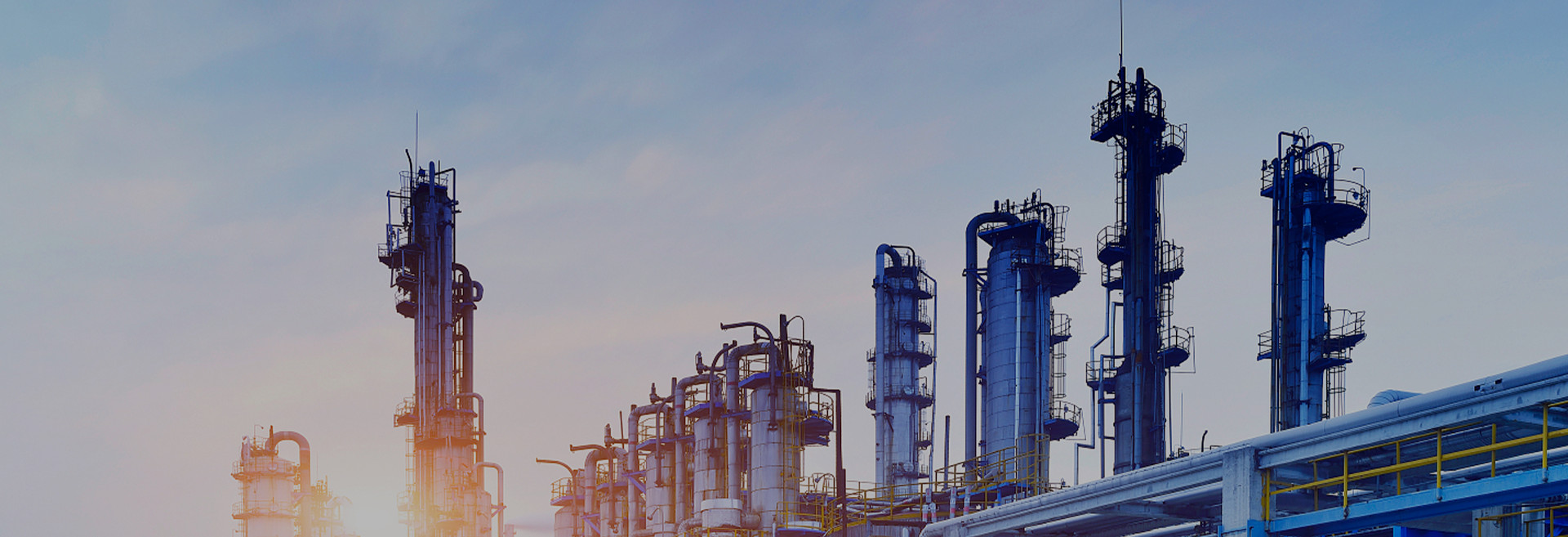As light helium gases (e.g. helium, neon) have little or no anaesthetic effect on the human body, they can be used instead of nitrogen to formulate breathing gas mixtures for deep sea diving operations. Neon-oxygen or helium-oxygen breathing gas mixtures can effectively reduce the physical exertion of divers due to their lower density and viscosity, making it easier to release pressure and reduce breathing resistance. Industrial helium-oxygen breathing gas mixtures present communication problems in deep water due to the high speed of sound and the large change in sound frequency.
In addition to helium, the industrial gas neon can also be used to formulate breathing gas mixtures for deep water operations. Usually, when divers operate in deep water high-pressure environment, if ordinary compressed air is used for oxygen supply, not only the breathing resistance is high, but also the industrial gas nitrogen in the compressed air will be partially dissolved in the blood, when the water depth is below 40m, it will cause significant anaesthesia, and around 80m, the physiological function is basically lost and the human body fails.
In addition, the high conductivity of the industrial gas helium increases the rate of heat loss from the human body to such an extent that it is often necessary to use effective diving suits and breathing gas preheaters. In this respect, neon-oxygen breathing gas mixtures are preferable to the industrial gas helium-oxygen breathing gas because of the advantages of low acoustic distortion and poor heat transfer. The industrial gas neon-oxygen breathing gas mixture is suitable for operations at depths of 100-300m. Beyond 300m, the density of the industrial gas neon increases and a helium-oxygen breathing gas mixture must be used. Helium-oxygen breathing gas has been successfully used in deep sea diving operations, no matter how deep or shallow the water is, the industrial gas helium-oxygen breathing gas mixture is commonly used. In order to overcome their respective shortcomings and deficiencies, the possibility of using the industrial gases neon, helium and oxygen in different proportions to formulate deep-sea diving breathing gas is being investigated.
Post time: Mar-13-2024

